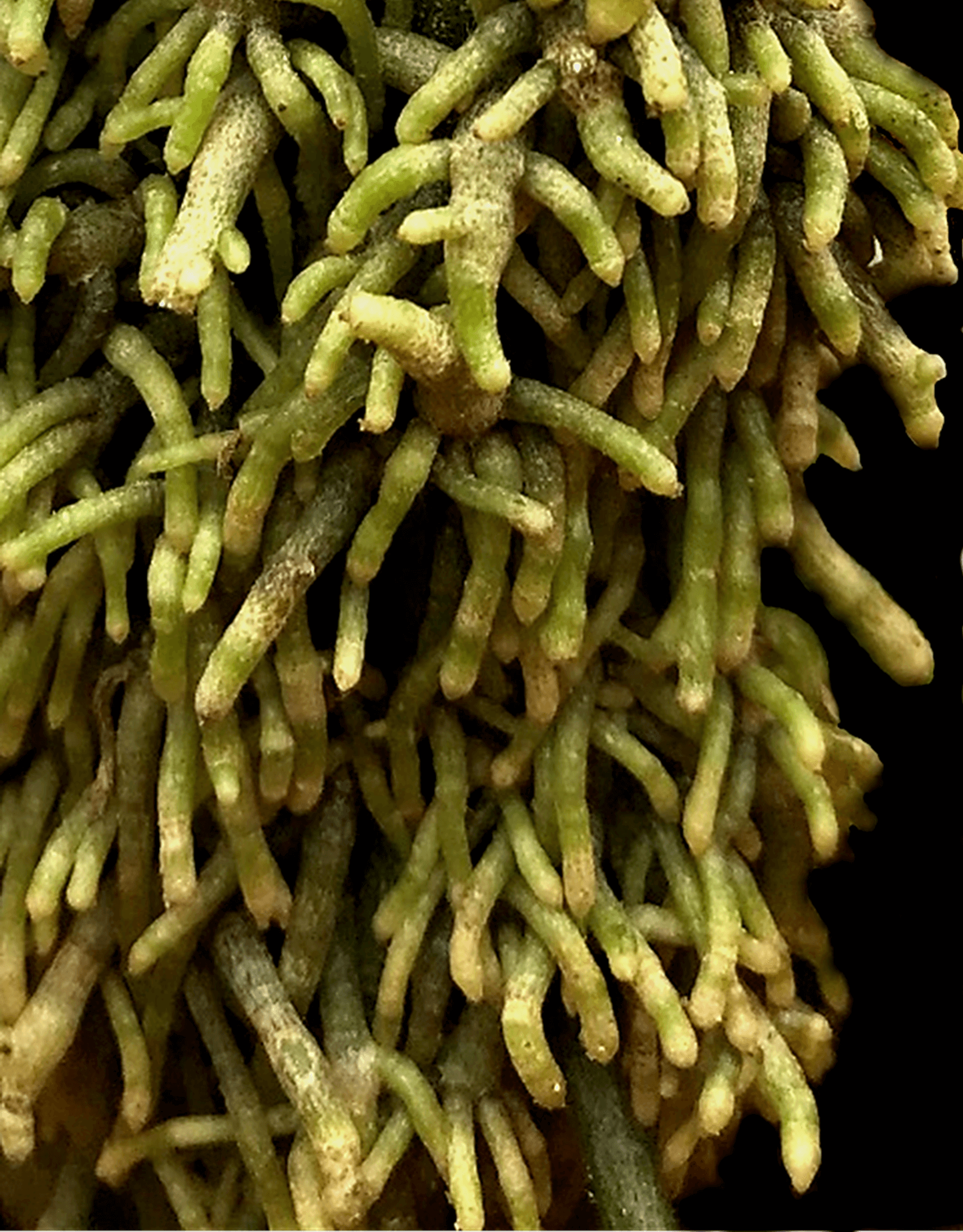In a new study published in Science, researchers were able to isolate the genes in the plant that cause the roots to grow in the air instead of in the ground, thus surviving stress situations caused by a damaged tattoo

Many plants produce their roots above ground, such as the ivy that uses its roots to climb buildings and the ficus tree that uses them to support its large branches. If so, what causes certain plants to form roots in the "wrong place"? A new study led by Prof. Idan Efroni from the Faculty of Agriculture at the Hebrew University, published in the prestigious journal Science, reveals the mechanism that causes roots to grow in the air. With the help of careful genetic research and the isolation of the genome of several common plants, the research team was able to identify the cells that enable the special phenomenon.
Prof. Ofari, together with Moatasem Omri and Dr. Naama Gil-Yerom, tested the genetic load of sweet potato, bean, tomato, rice, corn, wheat and other common plants, and found that they share a double root control system, which also allows them to root in the air, if they have to. The researchers used innovative techniques to closely screen thousands of cells, until they were able to identify those that control the plant's ability to form roots in the air.
"The ability to produce aerial roots is a great advantage for the plant", Prof. Efroni explained. "If the underground roots are flooded or damaged, the plant can grow aerial roots and survive," added Plants developed this trait early in their evolution and it has been retained in most plants that exist today.

Despite the findings that illustrate the plants' determination to stay alive, what is beneficial in nature may be a disadvantage in agriculture. In order to allow farmers to grow plants resistant to soil diseases, many plants are transplanted with a root system of one plant and another system of another plant above ground. However, if the transplanted plant grows an aerial root before the ground root, the transplanting effort will become useless. The new research offers a solution to the problem by developing plants with no aerial roots at all.
The research has significant applied implications. Prof. Efroni: "In the future, we hope to find a way to change the DNA code of the plant, in order to produce customized root systems above and below the ground. To get the most out of the land we have, we need to optimize the resource utilization of our food crops. This is a daunting and complex task, but, step by step, we are getting there"
More of the topic in Hayadan:

2 תגובות
Maybe give links to the articles on which your article is based
There is no reference to water roots as in hydroponic cultivation.
Very interesting article.